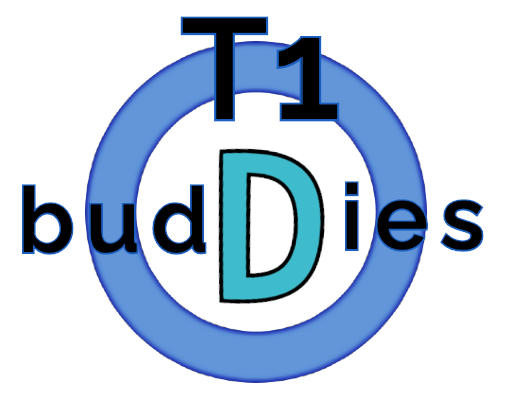Type 1 Diabetes - The Basics
So… you or a loved one have just been diagnosed with Type 1 Diabetes, and you want to know what that means. Well, you’ve come to the right place. Here’s what you need to know about T1D.
What is Type 1 diabetes?
Type 1 diabetes is an autoimmune condition where your body’s immune system damages a part of the pancreas that produces insulin. T1D is a chronic condition, which means it can’t (currently) be cured. It usually occurs for children and young adults.
Insulin is a hormone that lets glucose enter your body’s cells. Without insulin, the glucose builds up in your bloodstream, which is why your blood glucose reading was probably quite high when you were diagnosed. You were living without insulin for a while without realizing it. Without diabetes, the body will keep the blood glucose levels between 4 and 6.5 mmol (72 to 120 mg/dL).
Why me?
This is a question that I couldn’t stop thinking about when I was first diagnosed. Unfortunately, the answer isn’t clear. Type 1 diabetes could be caused by any combination of genetic and environmental reasons; , you are also more likely to have T1D if someone in your family does. Remember, getting Type 1 diabetes is not your fault; you couldn’t have done anything to cause or prevent it. Scientists are still researching and trying to figure out a concrete cause of Type 1 diabetes, but there isn’t a complete answer yet.
When I was diagnosed, my sister told me something I won’t forget. She said that the gods only gave me this condition because they knew I was strong enough to handle it. Whether you are religious or not, I know that we can do this. ♥
How do I manage Type 1 diabetes?
Managing T1D requires insulin therapy. Typically, newly-diagnosed patients use insulin shots (like Novorapid/NovoLog and Levemir/Lantus pens), but patients can also use an insulin pump.
There are two types of insulin: basal and bolus. Bolus insulin, or short-acting insulin, is taken when a person eats carbohydrates, or is correcting a high blood sugar. With shots, boluses will often be taken during meals, and an insulin pump allows the person to take a bolus whenever it is needed. Basal insulin is also known as long-acting or background insulin because it keeps blood sugar levels stable when a person is not eating. A diabetic using shots would typically take 1 or 2 basal insulin shots a day, while an insulin pump will continuously deliver insulin in the background.
Each person with T1D has a different lifestyle and body, so it is important to talk to your doctor about which method of insulin delivery is best for you, along with creating a personalized medication plan.
Type 1 vs. Type 2
There are two main types of diabetes. In Type 1, the pancreas is damaged, so it completely stops producing insulin. Type 1 diabetes can only be managed with insulin therapy (see above).
Type 2 diabetes begins with insulin resistance, which means the body still makes some insulin, but can’t use the insulin well. While Type 2 — which is more common in adults — can be caused by genetics or environment, it happens more often because of diet, lack of exercise, or obesity. Type 2 can be managed with lifestyle changes, like adjusting diet or exercise routines.
References & Extra Info
HealthXchange.sg – What is Type 1 Diabetes?
Healthline – Diabetes and your pancreas
